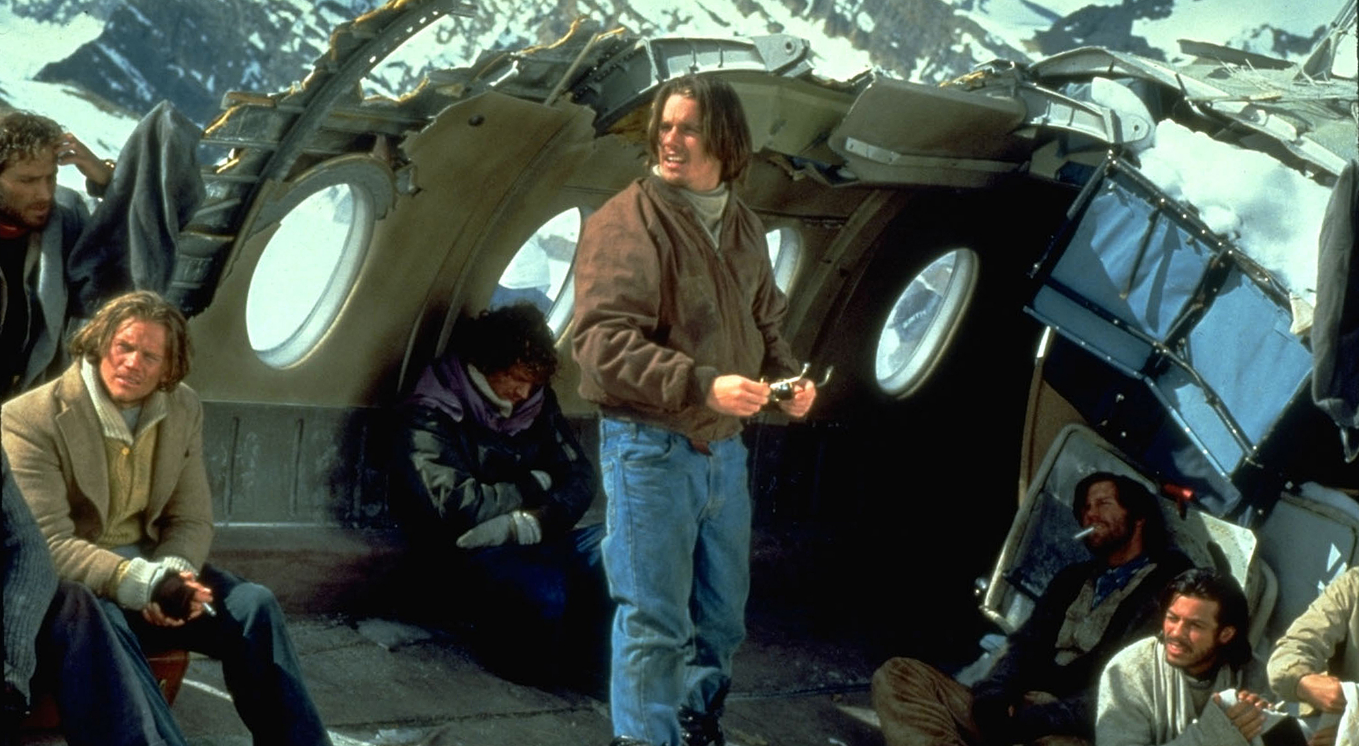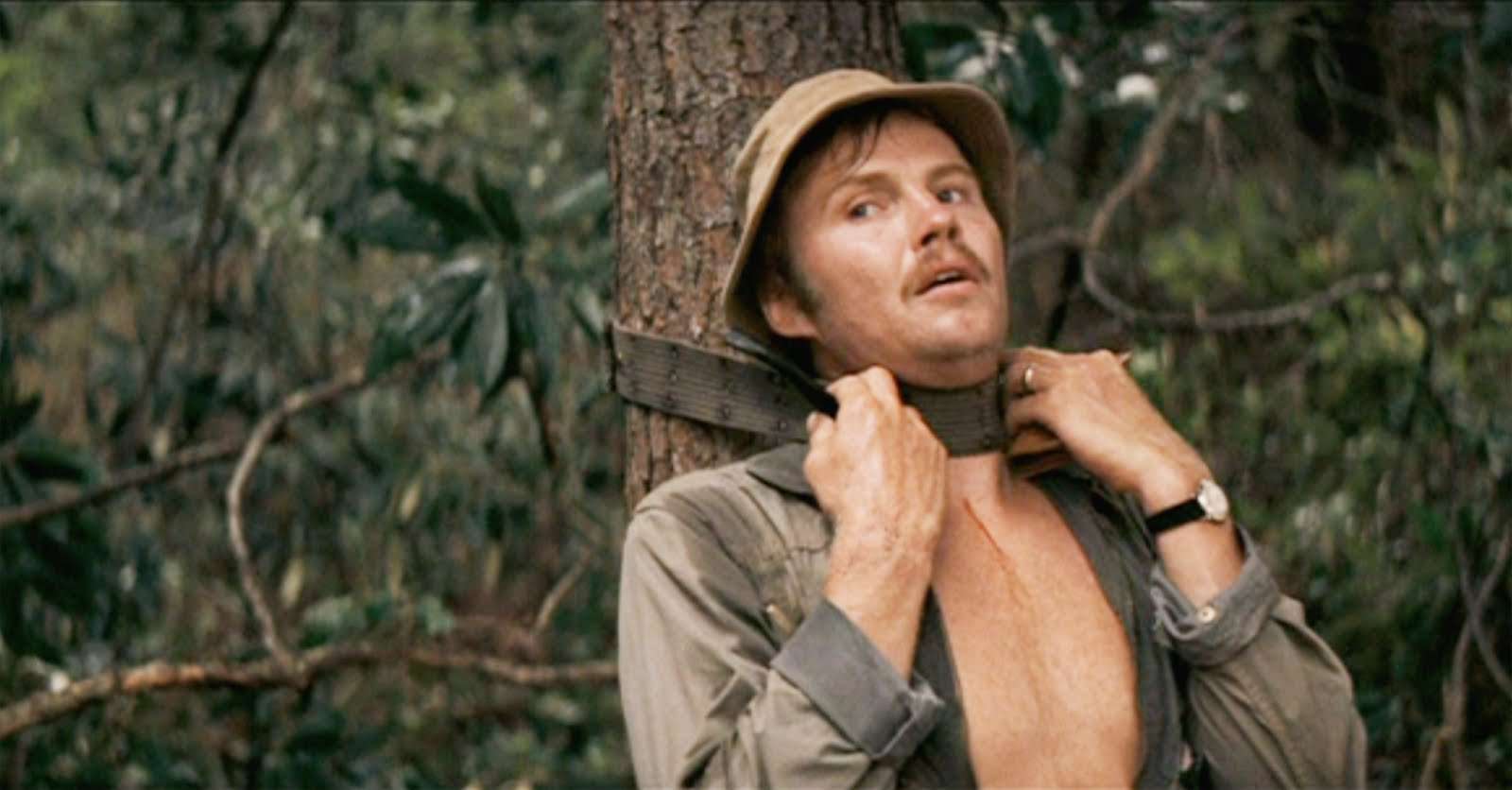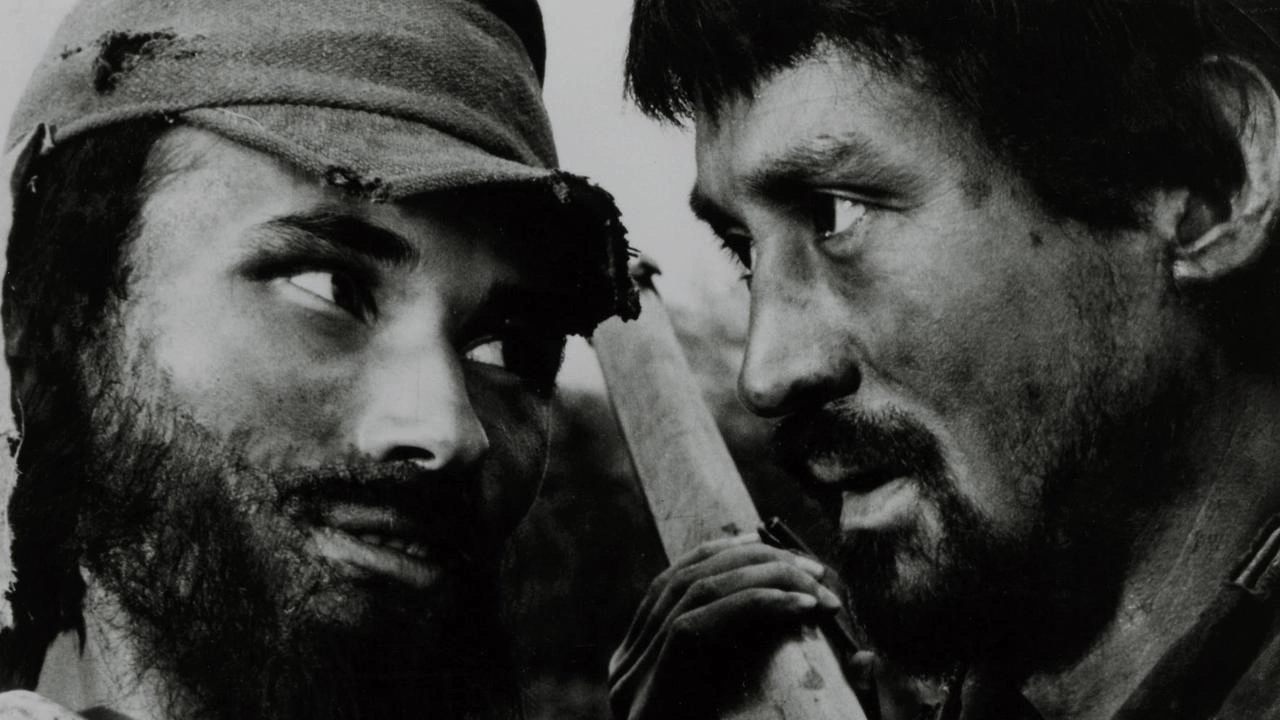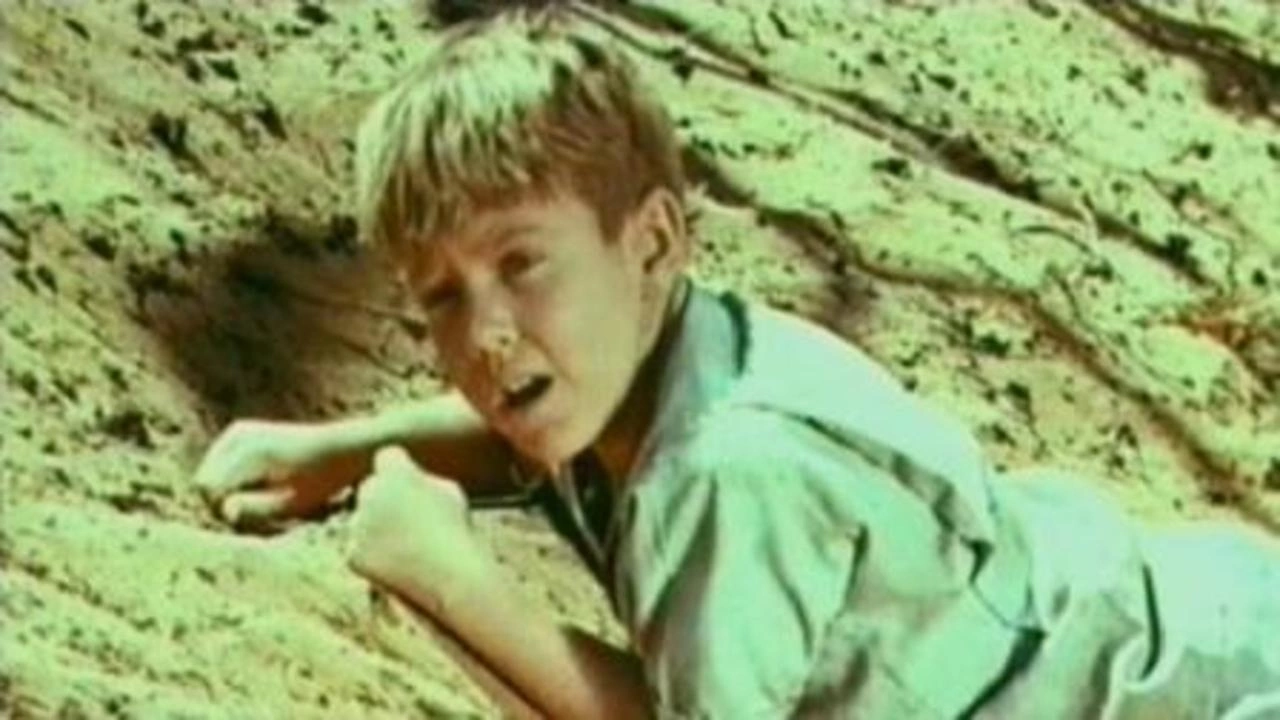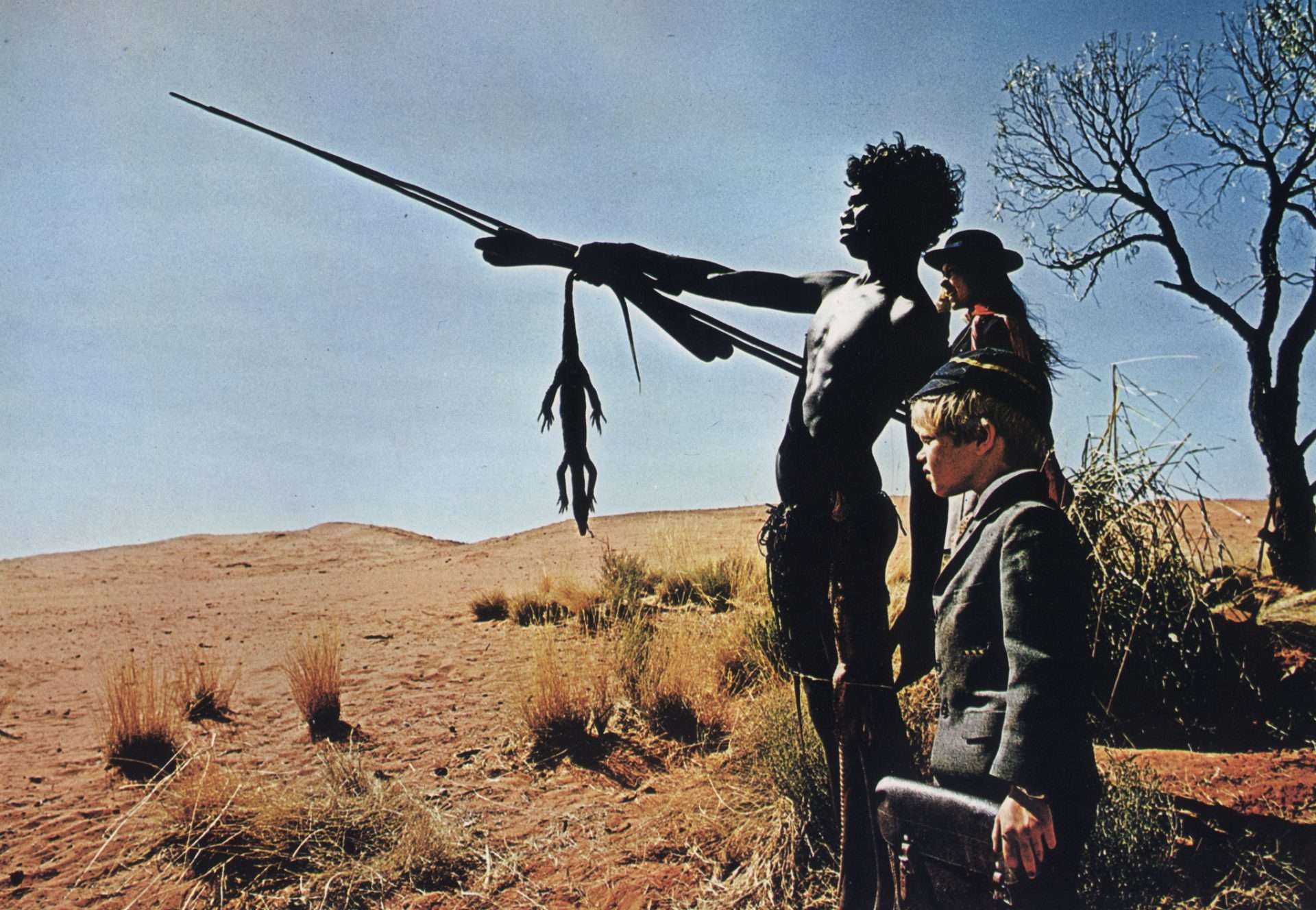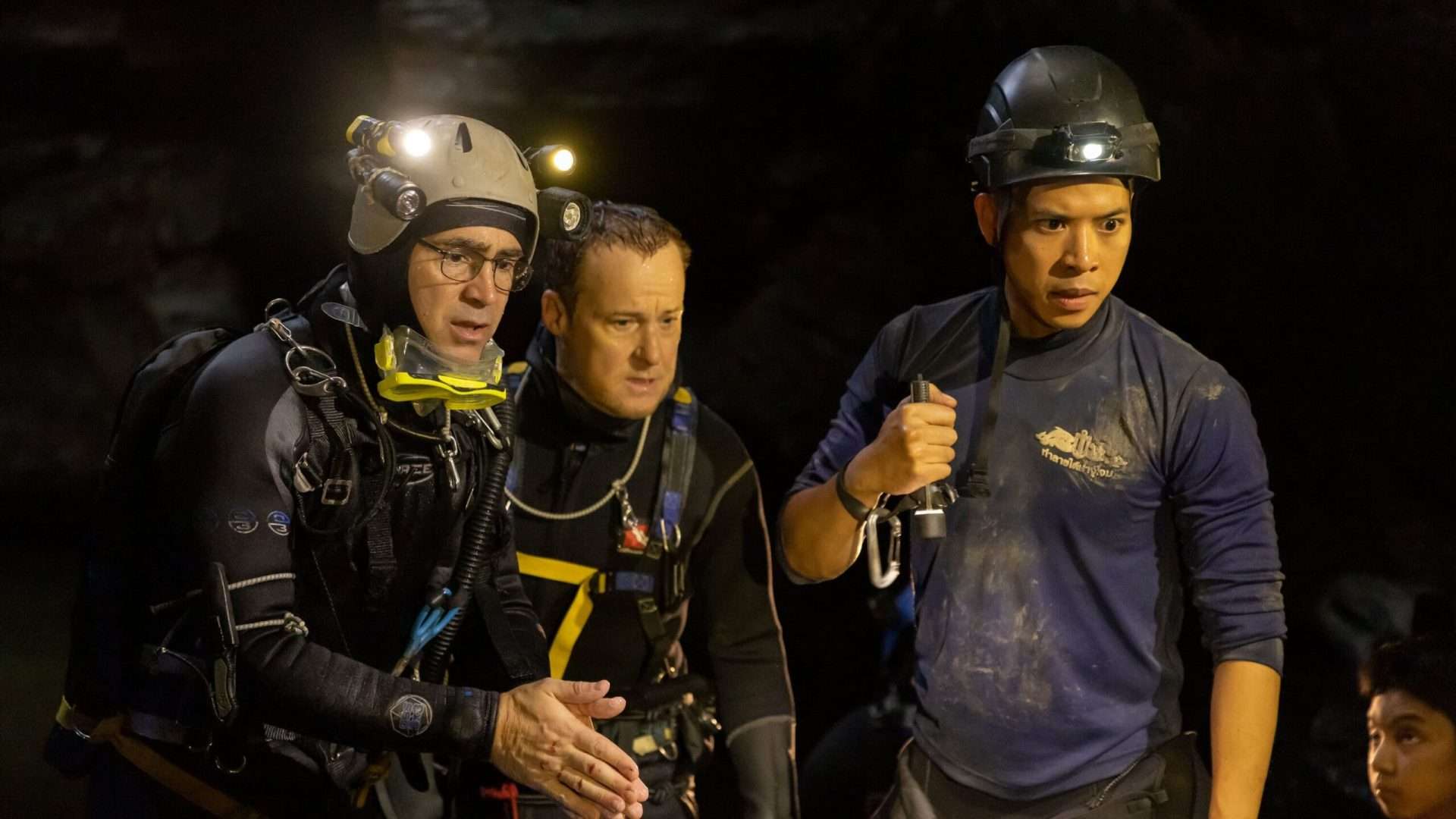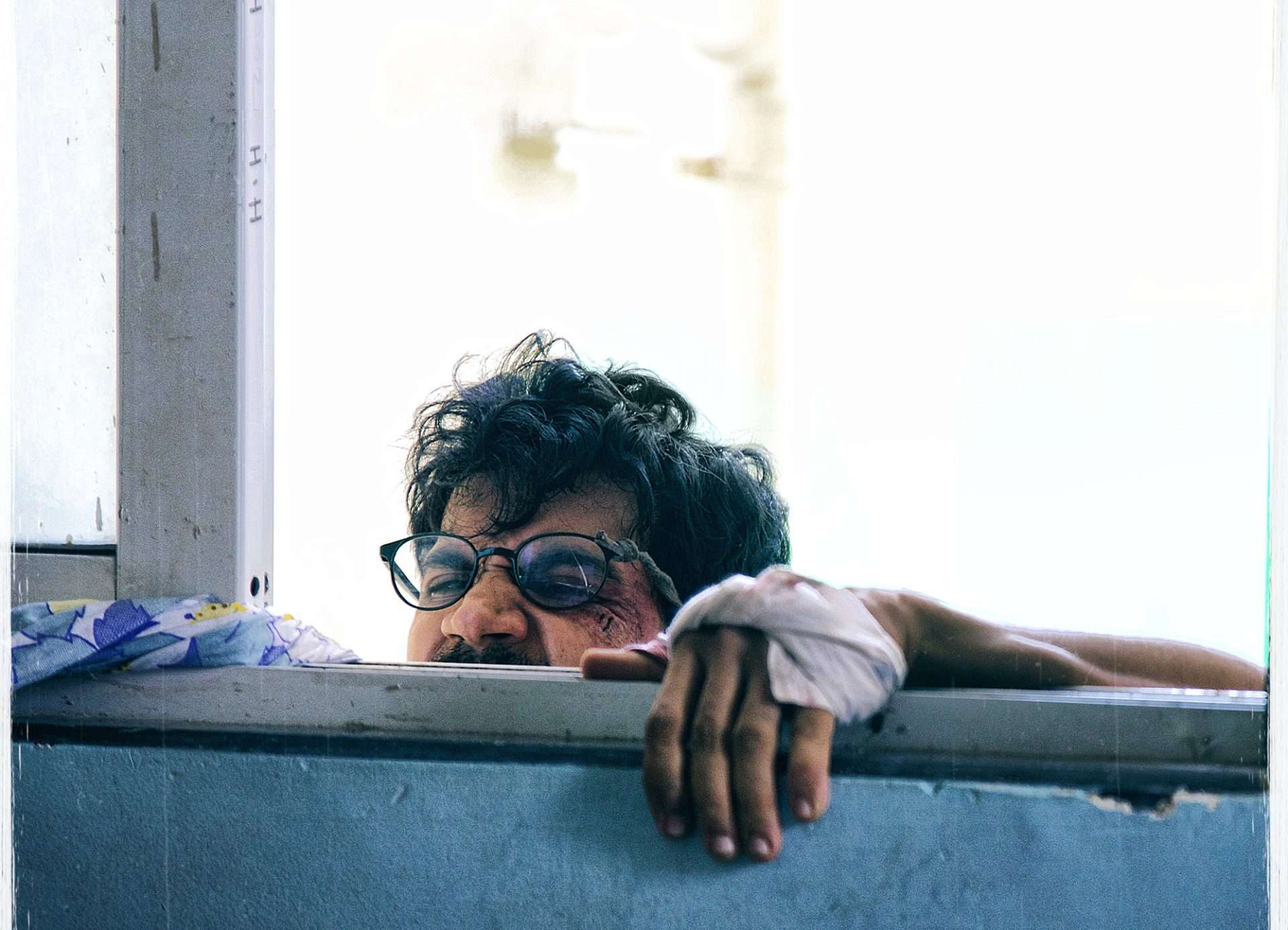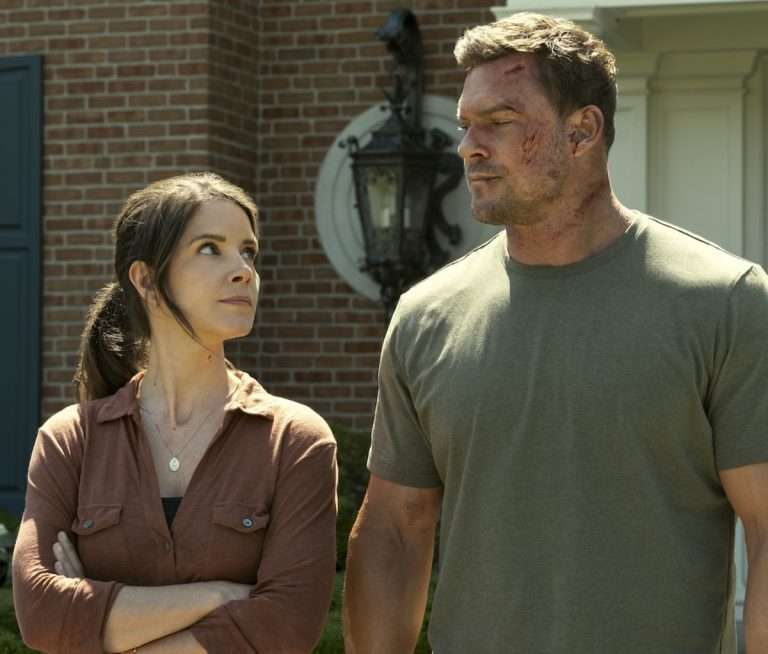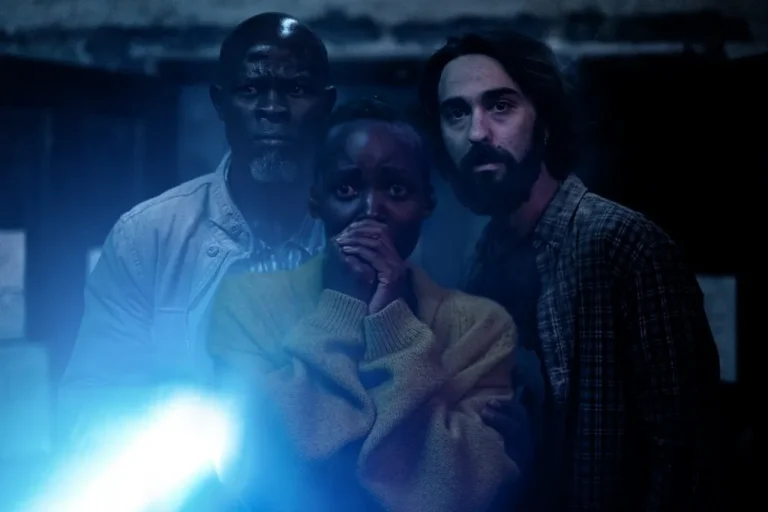Movies like ‘Society of the Snow’: J.A. Bayona’s “Society of the Snow” recounts the five decades-old horrors of a plane crash in the Andes mountains. The plane, destined for Chile, carried a Uruguayan rugby team, among others. What has also continued to endow the quality of sensationalism to the entire incident over the years is the open disclosure of indulging in cannibalism by the survivors. “Society of the Snow” does not depart from the tragedy at hand in search of developing and fabricating tragedies to build tense drama.
This list points out seven films that can be watched following “Society of the Snow” – seven films that, through their similarities and dissimilarities, explore the varied concerns of “Society of the Snow.”
1. Alive (1993)
“Society of the Snow” is not the first cinematic attempt to bring forth the story of the Andes plane crash. In 1993, Hollywood optioned Piers Paul Read’s “Alive: The Story of the Andes Survivors” and made it into a feature film starring Ethan Hawke. Often criticized for its more flashy treatment of the events as opposed to the treatment “Society of the Snow,” “Alive” is more inclined to tell a triumphant adventurous story. While the Spanish film explored the reflections of a societal structure among the survivors, for the American production, such was evidently less urgent. This film finds a place on the list, even if it offers somewhat contrasting treatment of the same subject matter.
2. Deliverance (1972)
“I rise up against all those that hide or ignore the social and moral aspects of violence. It’s part of our existence; it’s within us. I recognize that I am a violent man. I believe that human being must try, at any price, to recognize and track down the violence brewing within him. This is also one of the artist’s roles. The most dangerous people in our society and any society are those who ignore their inner potential for violence”.
These are the words of Sam Peckinpah. Even though the director has no direct association with the film, the Peckinpah reference is important in realizing why Peckinpah might have been the first choice of screenwriter James Dickey to direct the film, for violence and Peckinpah goes a long back. All survival stories are essentially stories of violence, and “Deliverance” shows an acute understanding of that. Four men decide to canoe down a river that is soon to turn into a lake due to a dam project. One of the men expresses concern over the developmental project, bridging in the analogy of rape to assert man’s violence on nature, not realizing that man is equally capable of unleashing bestiality on other men as well.
3. Fires on the Plain (1959)
Kon Ichikawa’s “Fires on the Plain,” primarily a war movie, observes a Japanese soldier as he stands on the putrid Filipino land, faced with the more imminent choice between morality and mortality. Private Tamamura is an eyesore even for his own army troop due to his tuberculosis. He is given a grenade to kill himself in case he fails to seek medical assistance. Thus begins his constant turmoil between choosing death and a life that is by now filled to the brim with suffering due to constant moral lows and blows. Like “Society of the Snow,” it lets a creeping doubt in: is cannibalism really a far-fetched instinct for humans when left in conditions akin to that of the rugby players and the Japanese soldier? There is rarely any other setting that brings forth the inherent inhumanness in humans than the setting of war.
4. Dirkie (1969)
Most people who are familiar with the film reflect on their childhood memories of the film and its trauma-inducing visuals. “Dirkie,” later carrying the alternative title “Lost in the Desert,” is not one cinematic masterpiece or even close to a decent film. But it can very well be considered a movie like “Society of the Snow.” The central character is an eight-year-old. What is intended to be a trip of convalescence for the boy, Dirkie, is foreshortened when his plane crashes and disintegrates into the unforgiving Kalahari.
And, for an eight-year-old suffering already due to a fragile chest, having to fight hyenas and fend for himself in the middle of the dusty Kalahari is anything but an adventure. Dirkie’s concerns for survival are not limited to him. He also has to look after his faithful companion– his dog, Lolly. In a scene, when Dirkie is fed by a tribal man some meat, he mistakes the meat for Lolly’s meat and turns hostile against the man. It is no commentary on the child’s will to live. It is really a film concerning a child against the backdrop of the unforgiving elements of nature.
5. Walkabout (1971)
In Australia, when an Aborigine man-child reaches sixteen, he is sent out into the land. For months he must live from it. Sleep on it. Eat of its fruit and flesh. Stay alive. Even if it means killing his fellow creatures. The Aborigines call it the WALKABOUT. This is the story of a “Walkabout”. Made only a couple of years after “Dirkie,” “Walkabout,” even in having a child protagonist, presents a picture that is more complex. There is no plane crash. Instead, two city-bred children are taken in the middle of the Australian outback by their father under the false pretense of a picnic.
It is only a matter of time before they realize their father’s intentions. Left to fend for themselves in the aftermath of their father’s betrayal and subsequent death, the children instinctually try to traverse the desert to find their way back home. Soon, an Aborigine boy, who is in the middle of his own customary survival journey, joins them to guide them through their journey. The film is not so much an adventure film as it is a survival drama with its commentary on violence, the bare necessities of human existence, and the recognition of the universal human spirit.
6. Thirteen Lives (2022)
Recounting the horrors of 2018 of a Thai junior soccer team, comprising twelve boys and their coach, getting trapped in the Tham Luang cave of Northern Thailand, “Thirteen Lives” lays bare the extensive rescue operation to extract the team. The boys, all aged between 11 and 16, and their coach ventured into the Tham Luang cave. However, torrential rains caused the cave system to get flooded, causing the team to get trapped inside.
With all forms of connection to the outer world severed for over a week, the team was located and brought back by the tireless rescue procedure of British cavers John Volanthen and Rick Stanton. The rescue operation also led to the death of a former Thai Navy SEAL. The film largely focuses on the laborious but necessary rescue procedure. Viggo Mortensen and Colin Farrell play the British cavers. The release of the film parallels the Nat Geo Documentary “The Rescue,” directed by Elizabeth Chai Vasarhelyi and Jimmy Chin.
7. Trapped (2016)
Vikramaditya Motwane’s “Trapped” surely merits a place on the list. Like “Society of the Snow,” it is a survival story. And, unlike “Society of the Snow,” there is no team that is to be rescued. It is all the way more harrowing due to the absence of a community– whether a community attempting a rescue or waiting to be rescued. Devoid of plane crashes or the singular consequence of getting marooned on an island, this survival tale drags the impossible and unthinkable closer to the nose by locating an apartment in a high-rise as its base. Survival, mostly in response to the alienation that is part and parcel of urban living, takes varied shades as the protagonist, Shaurya, is trapped inside a high-rise apartment. When he does manage to escape, he notices the absence of a noticing eye to his own absence.


